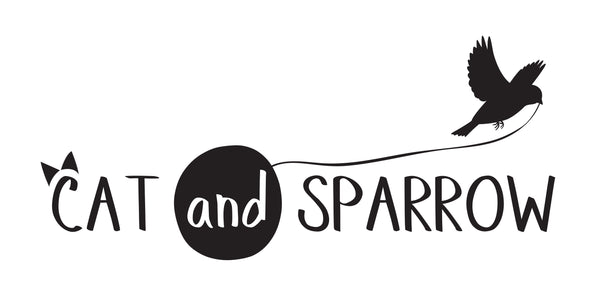How do I love thee? Let me count the ways...
I first came across Polwarth when I lived in Australia. This isn't entirely surprising for two reasons: firstly, I started spinning when I lived in Australia, and secondly, that's where the Polwarth breed originated.
From a distance, Polwarth sheep look quite similar to Merino. In fact, while they now breed true (with each other), the original Polwarths were a mix of Merino rams and Lincoln/Merino cross ewes. They were first bred in 1880 in Victoria by brothers Richard and Alexander Dennis. The Dennis brothers realised that their new breed was hardier than Merinos in cold weather, and were much better at foraging over large distances - a major plus point in Victoria's wide open spaces.
Polwarth are also smooth-skinned, which makes them much less susceptible to fly-strike* than Merinos. Over the last 150 years, Polwarths have spread across the globe, are far particularly well in South America and the Falklands (which is where the Merino that I use comes from).
*If you are unaware of fly-strike, it's a horrific condition where flies lay eggs inside folds of skin on the sheep's hind quarters. When the larvae hatch into maggots, they then feed on the living flesh of the sheep. Australian farmers introduced mulesing - an extremely controversial practice that involves scarring the sheep's skin, creating smooth areas that deter flies. Mulesing is being practised less and less, and is almost never seen outside Australia.
Why should you love Polwarth wool?
Because it's awesome! Truly, it has so many fantastic characteristics it's impossible to ignore its virtues.
Firstly, Polwarth is almost as fine and soft as Merino, and definitely stronger. While not as hardy as breeds like Bluefaced Leicester, it's sturdy enough for socks.
Polwarth's long-wooled Lincoln ancestry results in a staple of between 5-7 inches - a solid mid-length wool - and even though it has some of Merino's density, the Lincoln crimp means it's much easier to draft.
One of Polwarth's defining (and most delightful) characteristics is the propensity to puff up when washed. When dry, it's the King of Squish. I promise you'll be astonished how much it bulks up when finished. It has the most wonderful bounce, drapes well, and felts beautifully.
The wool has no lustre, which lends a velvety quality. The fleece is usually bright white, although coloured variations do exist. It takes dye with a lovely intensity, but with a soft-looking matte finish.
Finally, Polwarth also plays really well with other fibres. It adds softness, squish and bounce into the mix, as well as a touch of that lovely velvety look.
Where can I buy it?
Look no further! I love working with 100% Polwarth because it is just delightful to dye. I also have a couple of Polwarth blends, including my personal favourite blend, Polwarth, Shetland and silk, which is a total winner. It's poofy and bouncy, but it has the lustre and strength of Shetland and silk.

